Greening: Mini Forests
A Miyawaki forest is known by many names: tiny forest, mini forest, little forest—direct references to a Miyawaki forest’s characteristically small scale. Miyawaki forests are small, dense, diverse, native tree plantings, typically the size of a tennis court, equivalent to seven to ten parking spaces. Their small size makes installation manageable, and convenient in tight urban spaces where conventional afforestation strategies may not be possible or desirable. They are not, however, a replacement for natural forests. Rather, mini forests can provide greening benefits to already built-up places, residual urban spaces, monoculture lawns, or damaged lands in need of healing.
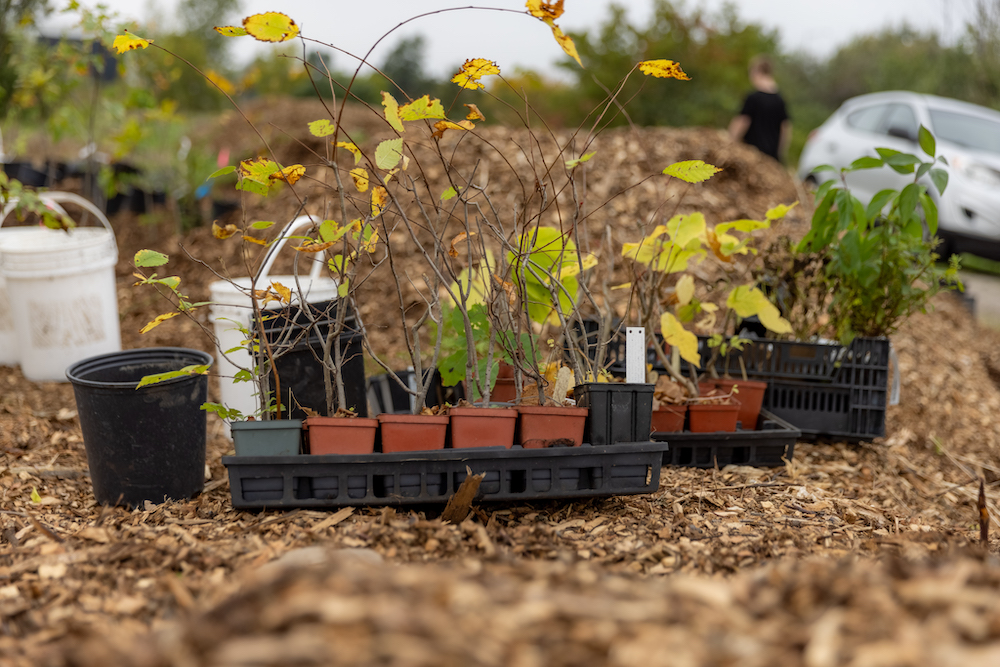
The mini forest concept has been implemented in Asia and Europe since the 1970s. The method for creating Miyawaki forests was developed in Japan, by Akiro Miyawaki, a Japanese botanist, to deal with Japan’s non-native monoculture pine forests. His goal was to grow diverse, multi-layered, native forests quickly. Miyawaki or mini forests can become mature forests within 20 to 30 years, instead of 150 to 200 years.
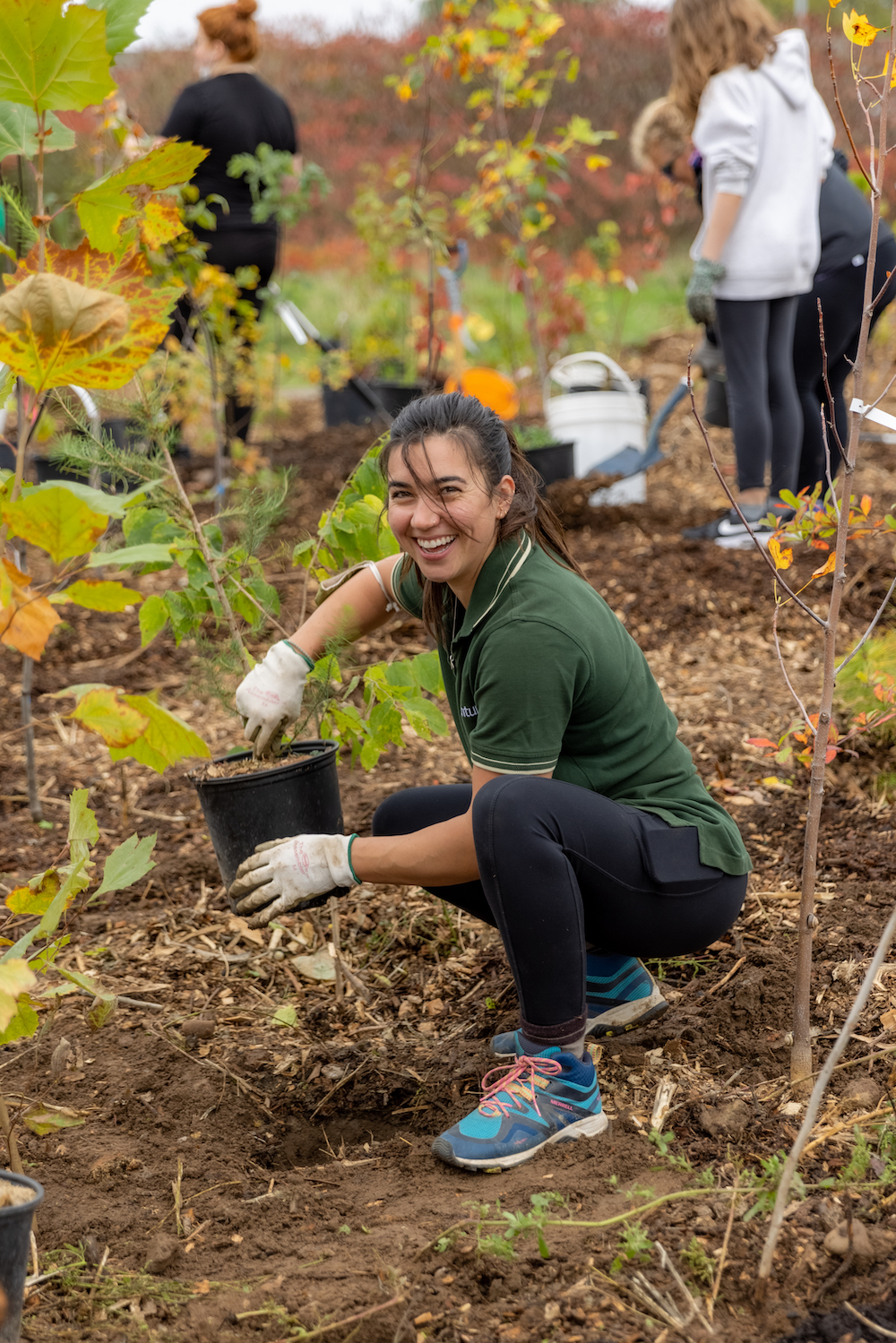
The Miyawaki Method relies on in-depth knowledge of local site conditions: soil, light, gradient, drainage, and plant associations. A diverse selection of 30 or more native species that includes canopy trees, sub-canopy trees, arborescent trees (small understory trees), and shrubs, are carefully chosen to be planted in a bed of richly amended soil, and then mulched. Saplings are planted very densely and randomly, mixing species to maximize biodiversity. For the first two or three years, the mini forest must be regularly watered, weeded, and monitored. The planting density encourages a fierce competition for access to light, water, and nutrients, speeding growth to create a recognizable forest in just a few years. Once established, it becomes self-sufficient, and will naturally change form and composition.
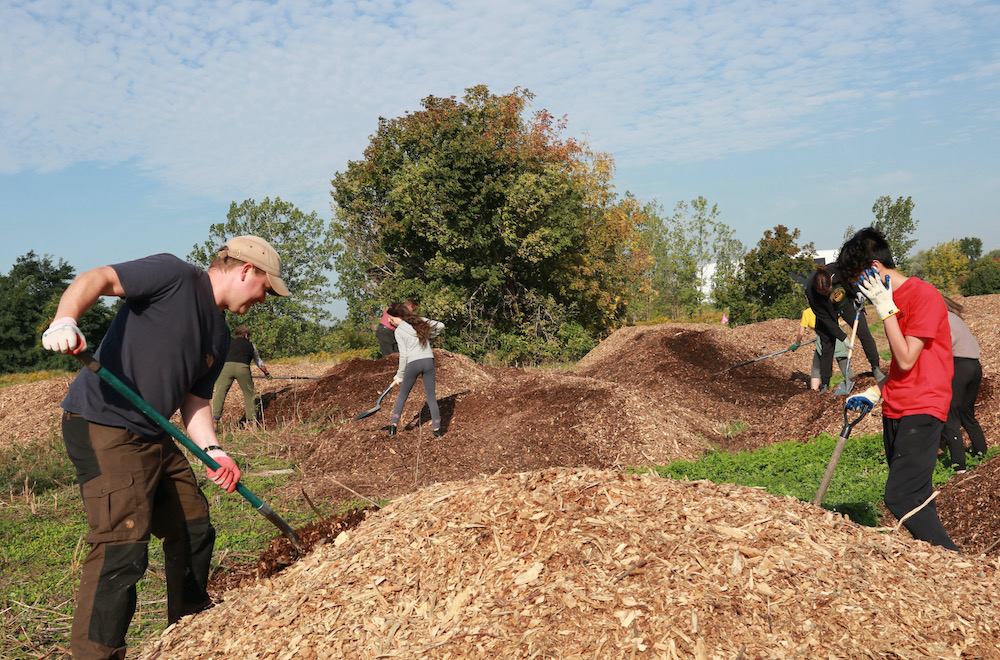
CanPlant, in association with Dougan & Associates Ecological Consulting & Design, received a 2021 Landscape Architecture Canada Foundation (LACF) grant to develop a virtual resource platform showcasing site appropriate plant communities to support interest in mini forests in southern Ontario. A multi-disciplinary team including Heather Schibli, landscape architect/ecologist, Steven Hill, senior ecologist, Janel Sauder, GIS manager, and Summer Graham, ecologist, completed the study. The knowledge hub is available on the CanPlant website with resources (coming soon), as well as mapping and data input tools. A technical paper and brochure will be issued this year.
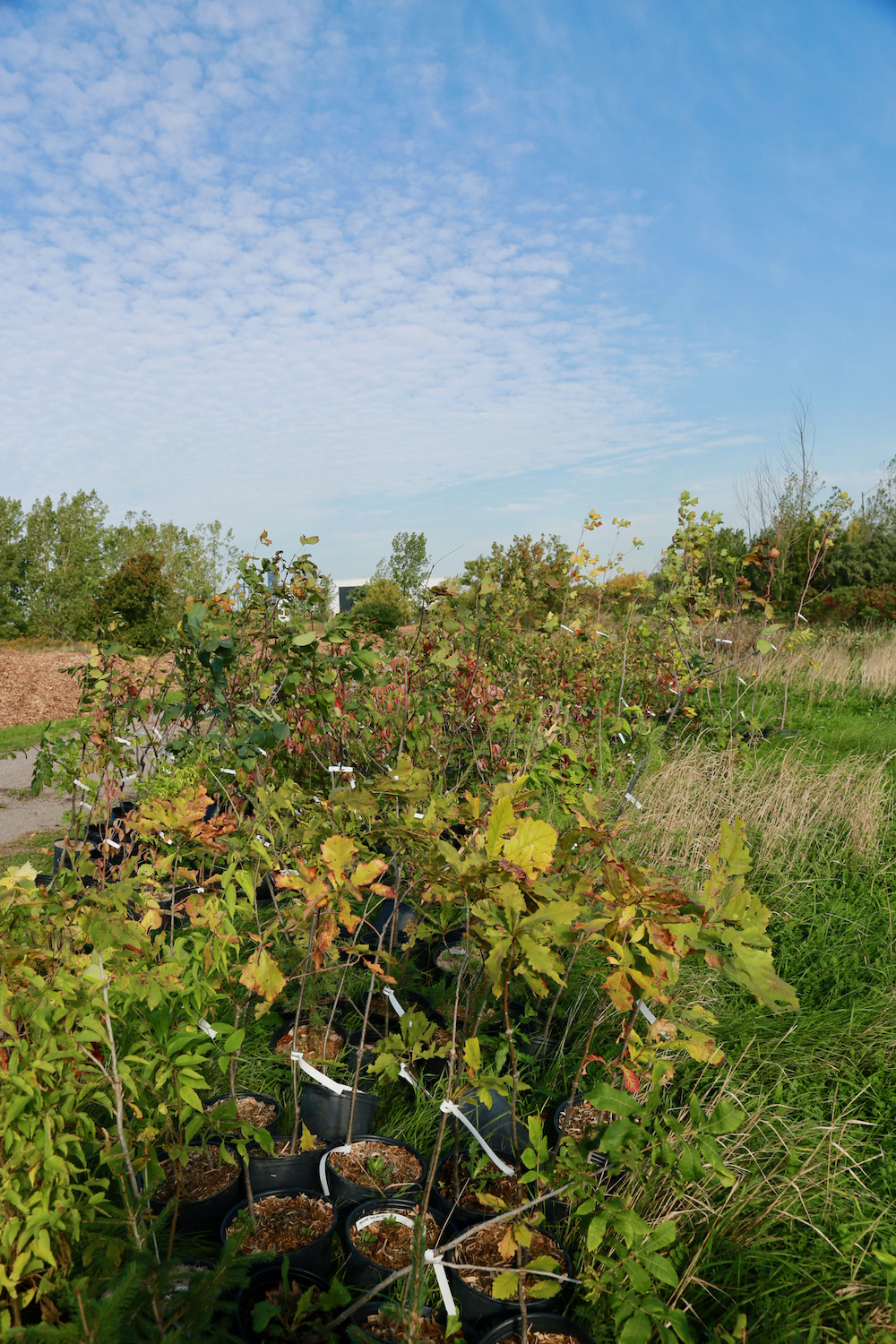
Interest in the mini forest is growing. By fall 2021, some of Ontario’s first mini forests were planted in the City of Kingston at Walking The Path to Peace Together (or Highway 15), Lakeside, and Wolfe Island. In October 2021, a pilot mini forest consisting of nearly 600 trees was planted in two 100 square metre plots at Windermere Basin in the City of Hamilton. In the City of Cornwall, a mini forest was planted adjacent to the Public Library. Plans are currently underway for a mini forest component, almost 2,000 square metres in size, as part of the design for Leslie Lookout Park within Toronto’s Port Lands. Marc Hallé, an associate with Claude Cormier + Associés Inc., the park designer, noted that natural succession is a powerful signature of the area’s identity. “We want to build upon this identity at Leslie Lookout through the accelerated succession offered by this approach to afforestation,” Hallé tells Ground.

Mini forests, though small, can make important contributions to natural, as well as human environments. They provide carbon sequestering, shade to mitigate heat island impacts, soil improvements, and potential wildlife habitat and food sources, as well as increasing biodiversity. By providing natural green in tight urban spaces, they can also promote improvements to mental health, education, and local aesthetics. To date, the new mini forests have been well received by the public, as well as by Indigenous communities, perhaps signaling their potential for reconciliation and re-wilding initiatives. Well-suited to challenging urban environments due to their compact size and accelerated rate of growth, their benefits are realized more quickly than many other tree planting strategies.
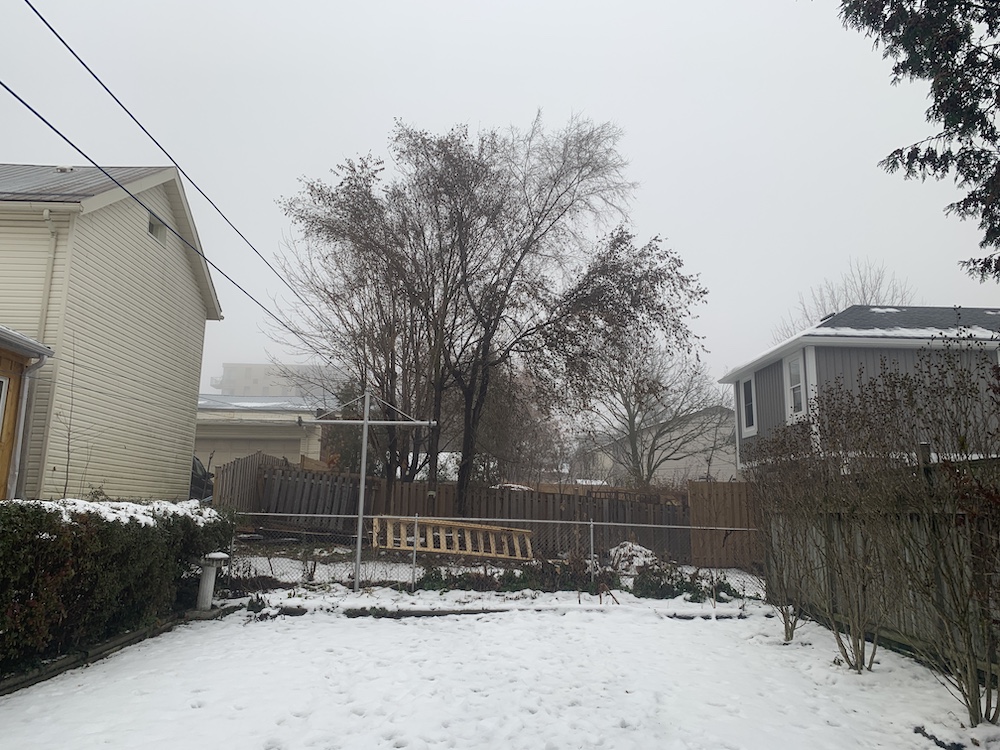
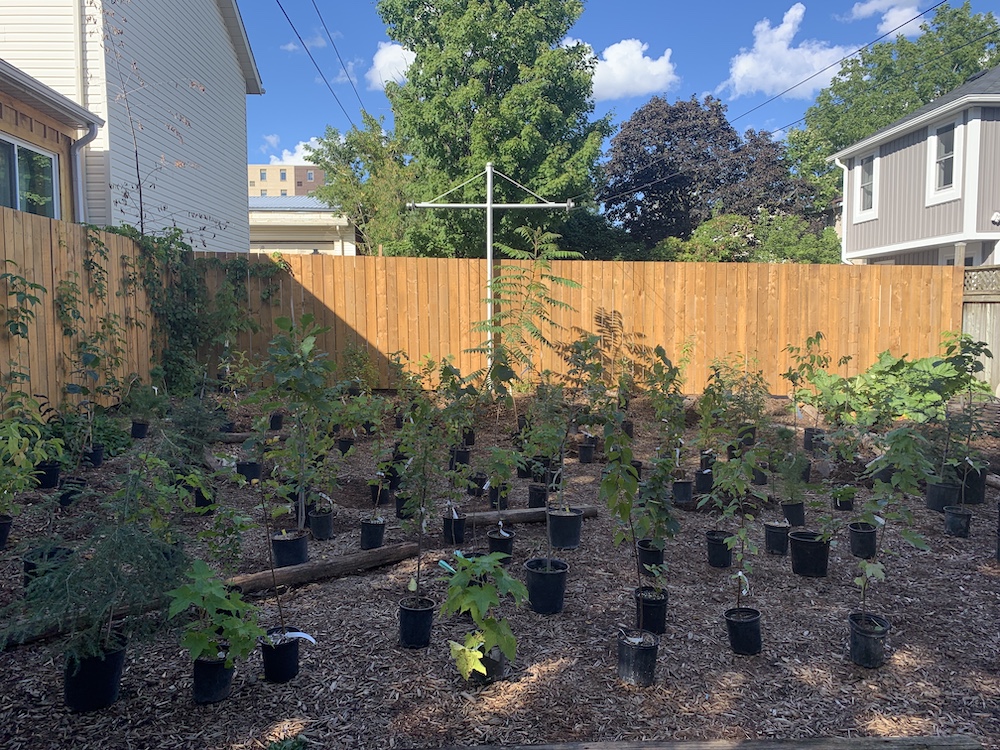
The Miyawaki Method is not without its critics. An important aspect of piloting mini forests will be to monitor the early Ontario projects to appreciate their unique aesthetic and environmental characteristics. Issues arising from pilot project monitoring may also need to be vetted at policy level.
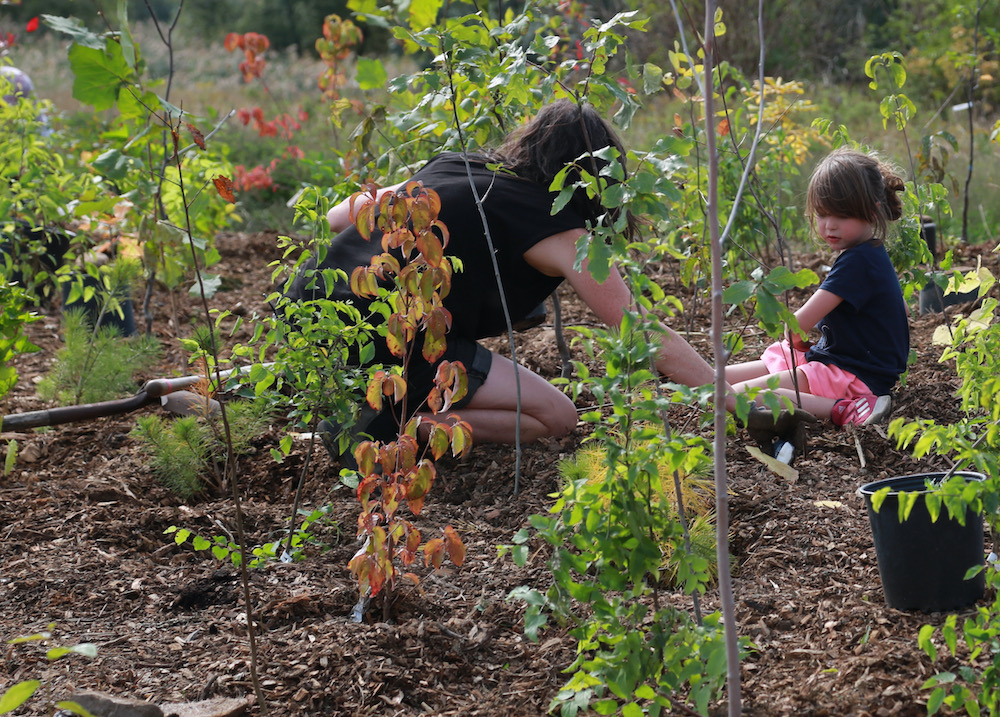
Mini forests are no substitute for natural ecosystems or forests; nonetheless, with a clear understanding of their potential as well as their limitations, we can use them to complement and support natural systems, help to regenerate degraded landscapes, and enhance our cities. Mini forests are small-scale local interventions that are manageable, actionable, and timely—an effective strategy we should consider in response to the overwhelming environmental issues we face. Think globally; act locally. These little forests can give us hope for a better world.
Text by Helene Iardas, BLA ‘78, Ground Editorial Board member, currently enjoying her OALA semi-retired status, and her garden.
With Stacey Zonneveld, Ground Editorial Board member, landscape architect at Thinc Design, and graduate of the Master of Landscape Architecture program at the University of Toronto.
